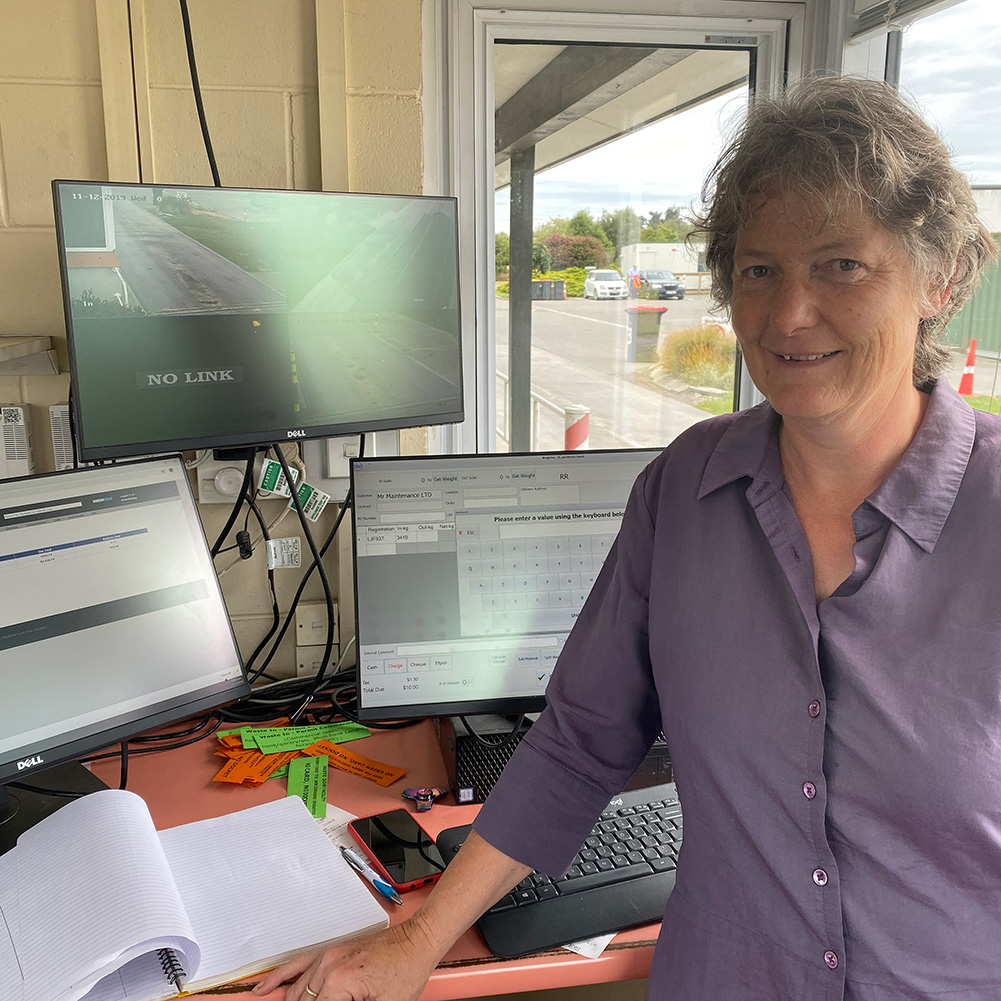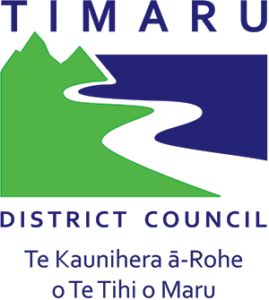Highlights
Summary
Timaru District Council is using Weightrax weighbridge software to manage and evolve sophisticated waste minimisation strategies across multiple transfer station sites. The Council mines its Weightrax data hub constantly to find new ways to divert and minimise the amount of waste that goes to landfill.
Leveraging Weightrax’s capability for flexible pricing, the Council has created financial incentives for visitors to sort and categorise their own waste. It identifies and records waste using 193 different codes and has increased waste diversion, recycling and resale at all of its sites. Recyclables are sorted and sold, and organics are made into compost for sale to urban and rural markets. A private company receives untreated waste timber from the waste sort facility and converts it into charcoal. As the regulatory environment makes data requirements more stringent, Timaru District Council is using Weightrax to stay out in front.
Business benefits
- ‘Fantastic’ service
- Future proof
- Flexible, automated reporting
- Accurate data
- Accounting system integration
Key outcomes
- Data mining for constant improvement
- Less waste in landfill
- More waste diverted, recycled and resold
- Real-time reporting from anywhere
- One call to repair, maintain or calibrate
Timaru District Council runs Weightrax software at its main site – the Redruth Resource Recovery Park (Redruth RRP) – and at two rural waste transfer stations. Redruth RRP forms the central hub of the Council’s waste management operations. All sites use the Weightrax software, enabling common data input across the three sites with weighbridges.
“Redruth is the pivot point for all our data, with all reporting generated out of that central data hub,” says Ruth Clarke, Waste Minimisation Manager, Timaru District Council.
Data is at the heart of the Council’s waste operations in terms of strategy, compliance and accounting. Redruth RRP is a complex site with a landfill, transfer station and waste sort facility, compost facility, materials recovery facility and a reusable materials collection point at the front of the site, with a reuse shop also onsite. The Weightrax system has 193 codes for different waste streams; the use of categories allows codes to be allocated into 18 sub-groups, simplifying the selection process for weighbridge operators.
Ruth Clarke mines this data constantly, developing new strategies to minimise waste, make pricing fairer, and to encourage customers to sort waste accurately.
“I can create waste codes as required. We have 14 codes that track the rate of waste diversion from the waste sort facility, which is a key report for us,” Ruth Clarke says.
“Our waste sort data helps track the efficiency of our waste diversion and sorting. This helps us to maximise materials recovery. We now have a full-time employee with an excavator picking through loads at the transfer station, diverting 14 different waste materials. We now also re-route commercial skips to the waste sort facility to be sorted through.”
Data showed that more than ten tonnes per month of green waste/plasterboard was being sorted out of the mixed waste at the waste sort area. Due to improved customer education, the deletion of a mixed load code, and the new separate drop-off area, this figure has reduced to almost zero.
“Weightrax has worked hard with us on getting those reports right,” says Ruth Clarke.
“If I ask for something I get a fast response. The great thing about Weightrax reporting is that it’s automated, which is very efficient. I used to have to go in and create reports. Weightrax reports are accurate – even if a coding error is corrected inside the month’s data, the data will be accurate. It’s easy to generate reports off the system if you want something else. You can report on anything.”
“Weightrax was recommended to me. I heard their service was very responsive and I’m happy to say that’s true.”
Ruth Clarke, Waste Minimisation Manager, Timaru District Council
New Zealand requires municipal landfills to pay a levy based on the type and tonnage of waste they receive. The Council uses Weightrax to report to the Ministry for the Environment and manage and reconcile levy payments. Weightrax identifies which materials have the levy applied, captures tonnage information and automates reconciliation daily and monthly. Timaru District Council has surpassed its regulatory responsibilities. Under its waste contract, recyclables are sorted and sold, and organics are made into compost for sale to urban and rural markets. A private company receives untreated waste timber from the waste sort facility and converts it into charcoal.
The Weightrax team set up an integration with the Council’s ‘Civica Authority’ management system, which extracts the information it needs for invoicing direct from the Weightrax database. This can occur daily, weekly, monthly or at any chosen time. The dockets generated by Weightrax at point of sale function as tax invoices. The Council can see payments and waste categories for each site, allowing it to keep an eye on how revenue and tonnage are trending.
Timaru District Council gives larger customers their own Weightrax password, allowing them to track their vehicles, tally different types of waste, see load numbers and run data analysis across all of their activity.
Weightrax has a range of different software modules and fresh developments are continual. In this way Weightrax is constantly adapting as the needs of the Council evolve.
“We like using the software to manage our data. The Weightrax team help us by providing a very high level of service – their service and responsiveness is fantastic. I’m really happy with what Weightrax does for me. I’m very pleased I chose Weightrax as our service provider,” Ruth Clarke says.
About Timaru District Council
Timaru District Council operates a three-bin kerbside collection service throughout urban and some rural areas of the Timaru District. Residents and businesses can drop off green materials, recycling and rubbish, as well as a range of other goods, to the four Council-owned transfer stations. The three main waste streams are processed at three Council-owned facilities: a compost facility, materials recovery facility and the Redruth landfill. Other programmes and facilities also offer opportunities to minimise waste.

